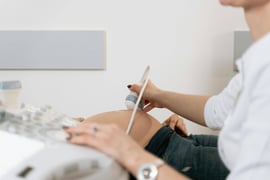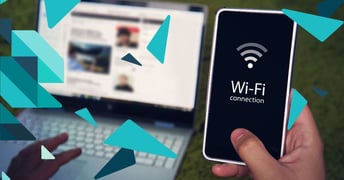Insights, Advice and Articles.
Welcome to the SPARK TSL® Blog. Here you will find everything from company news and our products, to industry information.

.png?width=386&height=180&name=SPARK%20TSL%20x%20CardMedic%20(2).png) Healthcare Industry
Healthcare Industry
SPARK Fusion® & CardMedic Transform Bedside Communication
24/11/2025
Stepping Hill Hospital, which serves a population of 350,000 across Greater Manchester, the High Peak area of ...
 Healthcare Industry
Healthcare Industry
The Role of SPARK Fusion® in NHS Innovation
08/08/2025
Innovation in the NHS is not a luxury - it’s a necessity. But despite the constant demand for improvement, ...
/SPARK%20TSL%20%26%20Friendly%20WiFi%20for%20Businesses.png?width=386&height=180&name=SPARK%20TSL%20&%20Friendly%20WiFi%20for%20Businesses.png) Industry News and Insights
Industry News and Insights
Safe Internet Browsing: SPARK TSL's Friendly WiFi Offering
24/06/2025
With SPARK Connect®, our comprehensive WiFi solution, we provide our customers with the added benefit of ...
 Patient Experience
Patient Experience
The Anxiety of Uninformed Patients
13/06/2025
Imagine being in a hospital bed. Machines beep. Curtains rustle. Staff bustle past with clipboards. You’re ...
.png?width=386&height=180&name=Blog%20feature%20image%20(3).png) Company News
Company News
SPARK TSL Group & Netopsie Technologie Launch SPARK Fusion in Germany
21/05/2025
Collaboration aims to enhance patient engagement and streamline healthcare operations across German hospitals.
 Healthcare Industry
Healthcare Industry
Supporting Healthcare Innovation at Stockport NHS Foundation Trust
08/05/2025
As part of our ongoing mission to transform the healthcare experience for both patients and staff, SPARK TSL ...
 Healthcare Industry
Healthcare Industry
Accelerating Digital Transformation in Healthcare Through Innovation
27/03/2025
The future of digital healthcare is here, and the time for transformation is now.
 Healthcare Industry
Healthcare Industry
How Digital Tools are Revolutionising Maternity Support
25/03/2025
The journey to parenthood is one of the most significant experiences in life, but it also comes with ...
 Patient Experience
Patient Experience
How SPARK Connect® Supports Emergency Departments
24/03/2025
Welcome back to the last week of Matchmaking March, where we pair an NHS challenge with a SPARK® solution ...
Enhance your WiFi offering with SPARK Connect®
Want to find out how? Fill out the form opposite and our team will be in touch soon.

